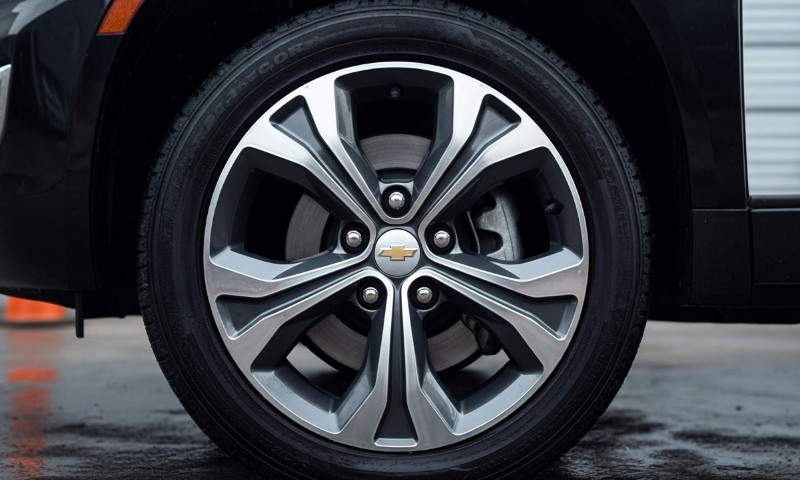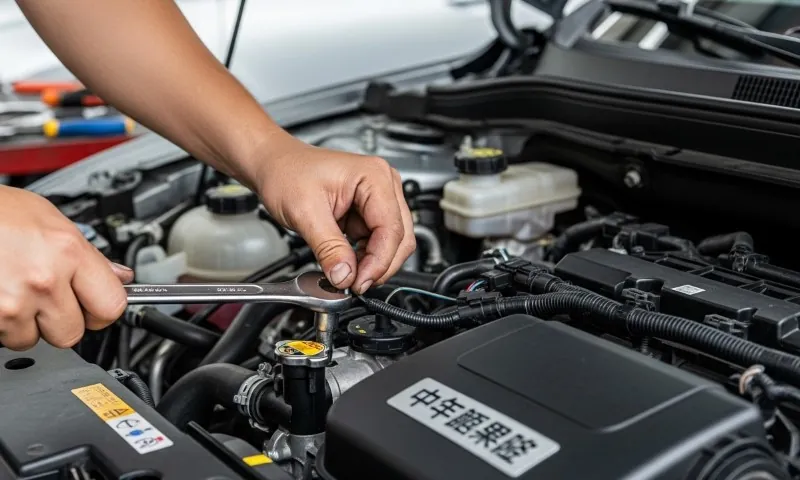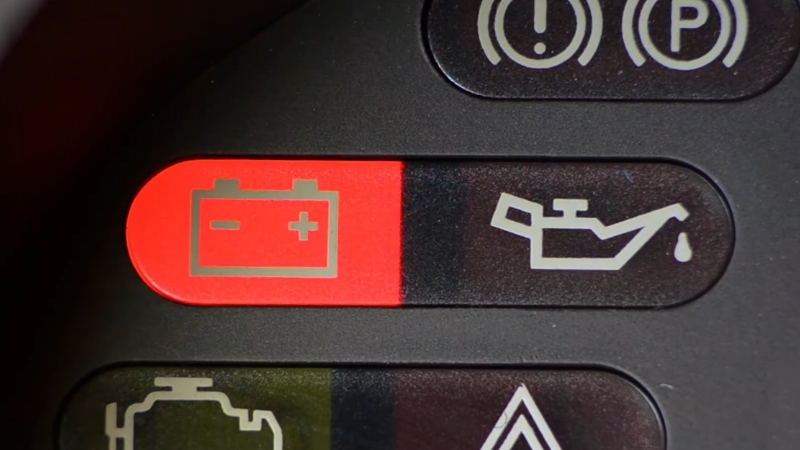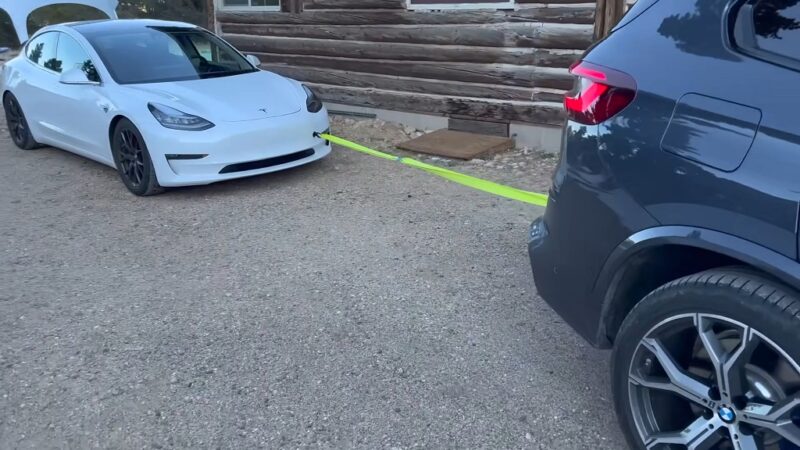
Share Post:
When an electric vehicle (EV) battery dies, it’s not just a matter of jumping in and towing it like a gas-powered car.
Drivers often encounter confusion or misinformation about how to properly move an EV with no remaining power.
Some believe any tow truck will suffice, while others assume pushing is safe.
For EV owners and roadside service providers, knowing the right procedures avoids unnecessary damage and costly repairs.
Table of Contents
ToggleWhy You Can’t Tow an EV Like a Traditional Car
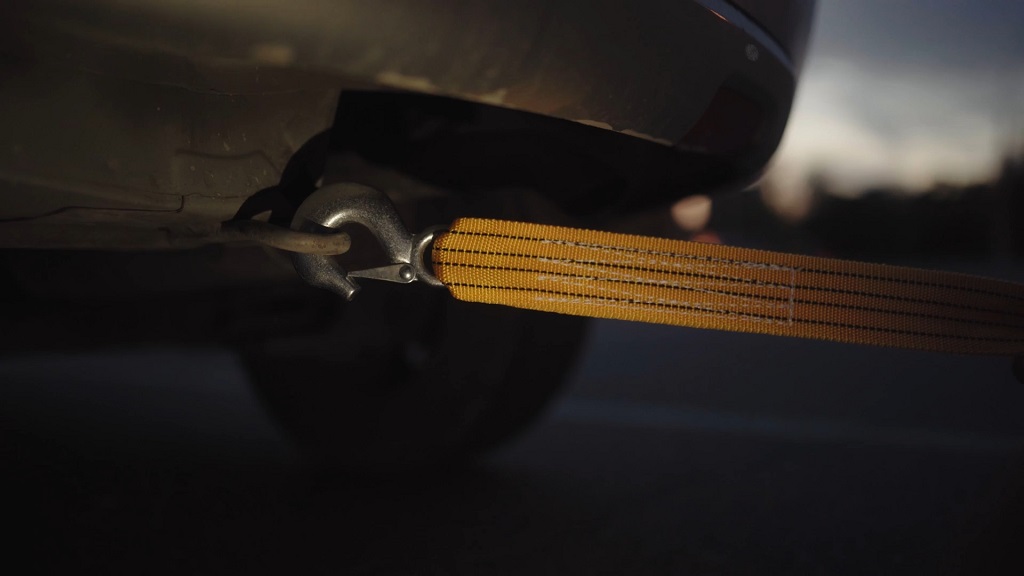
Electric vehicles are engineered with regenerative braking systems that convert wheel movement into electrical energy, feeding it back into the battery. That process doesn’t stop when the car shuts off.
Spinning the wheels of a powerless EV can still create electrical current. Without safeguards, that current flows through sensitive electronic systems, risking overload and failure.
Conventional cars allow the drivetrain to disengage through a mechanical neutral gear. In contrast, most EVs lack a physical neutral setting.
Instead, they depend on software-based transport or tow modes, which can only be activated if internal systems have power. Once battery levels reach zero, those functions often become unreachable.
Key differences between EV and gas-powered towing should be noted:
- Spinning wheels can send charge back into the motor, even when off.
- Most EVs need software commands to disengage drivetrain components.
- Tow or transport settings require battery power to activate.
- Overheating, inverter damage, or electrical shorts may result from improper towing.
Overlooking those points can cause harm not visible immediately. Problems might develop days or weeks later in the form of warning lights, degraded performance, or complete system failure. Towing without careful preparation turns a temporary inconvenience into a costly mechanical issue.
Safe Methods to Move or Tow a Dead EV
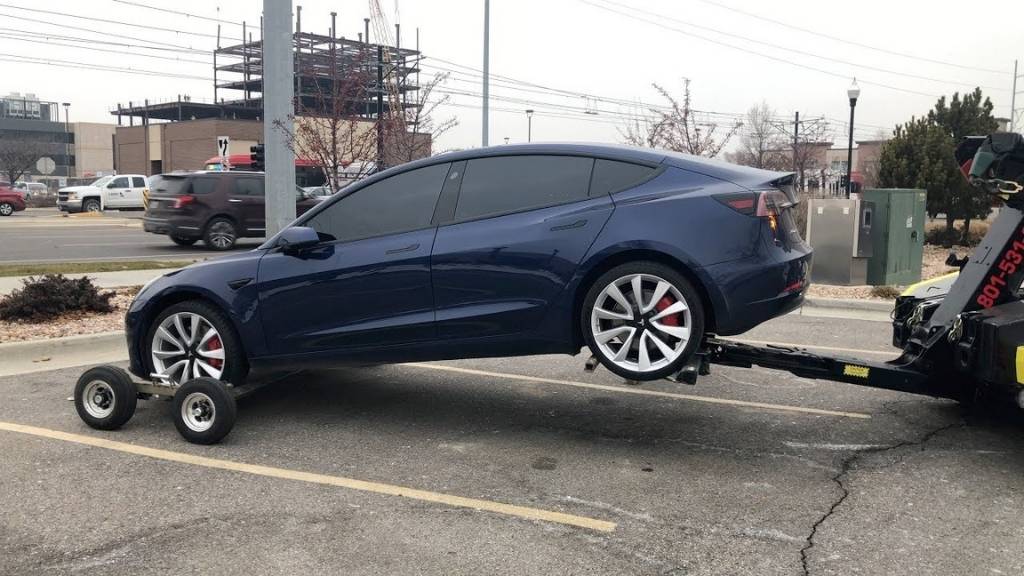
Flatbed trucks offer the safest option when dealing with an EV that won’t power on. By keeping all wheels elevated, a flatbed prevents the drivetrain from engaging and eliminates the risk of generating unwanted electrical current through wheel motion. Once winched onto the flatbed, the EV remains secure during transport without risking damage to the motor or battery system.
Not every towing provider arrives equipped for such jobs. Clearly requesting a flatbed and specifying that the vehicle is electric helps avoid mishandling.
Offering the vehicle’s make and model during the call ensures the dispatcher sends the correct type of truck and tools.
Tow dollies, which raise only the front wheels, are only viable under very narrow conditions and must be approved by the vehicle manufacturer. Inappropriate dolly usage can damage the motor, inverter, or differential system. Before considering this method, refer to brand-specific guidance.
Some EVs feature modes designed to disengage the motor for safe movement. These options depend on the auxiliary 12V battery being functional. If that battery is drained, these features will not activate.
Key considerations include:
- Keeps all wheels off the ground and avoids regenerative current production.
- Only usable with manufacturer consent; misuse can destroy drivetrain components.
- Found in models like Tesla and VW ID.4, allowing short-distance movement when the 12V battery is alive.
- Without it, neutral or tow modes remain locked and unusable.
Practicing how to activate these settings during regular checks prepares drivers for emergency situations. Planning in advance limits stress during breakdowns.
Roadside Assistance Options
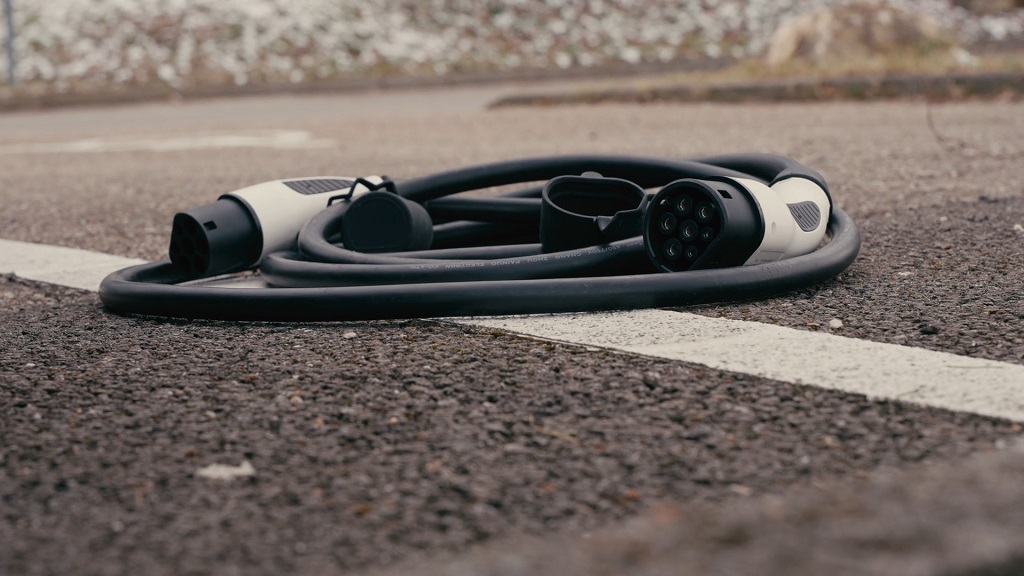
Flatbed towing remains the most reliable option for moving an EV with a dead battery. It eliminates wheel movement and prevents the regenerative braking system from generating power unintentionally. Towing should always be to the nearest charging station, certified service center, or the owner’s home depending on proximity and feasibility.
Some roadside companies are beginning to deploy mobile EV charging units, but these solutions are:
- Rare and not widely available
- Often limited to large metro areas
- Considered costly due to specialized equipment and dispatch logistics
Another possibility involves reviving the 12V auxiliary battery. If that battery still holds minimal charge or can be jump-started using an external power source, certain transport features may re-engage. However, this strategy is time-sensitive.
If improper towing causes vehicle damage or results in an accident, consulting a San Diego car accident lawyer can help protect your rights and recover associated costs.
Functionality like neutral or transport mode often requires immediate input once 12V power is restored. Failure to act quickly could result in the system defaulting back into locked or park states.
Steps for 12V battery recovery may include:
- Connecting a booster pack to the 12V terminals
- Using jumper cables and another running vehicle
- Monitoring for dashboard signals to activate transport mode
In very limited scenarios, pushing an EV might be possible. That option requires all four wheels to be disengaged and the vehicle set to freewheel mode.
Manufacturer-Specific Considerations
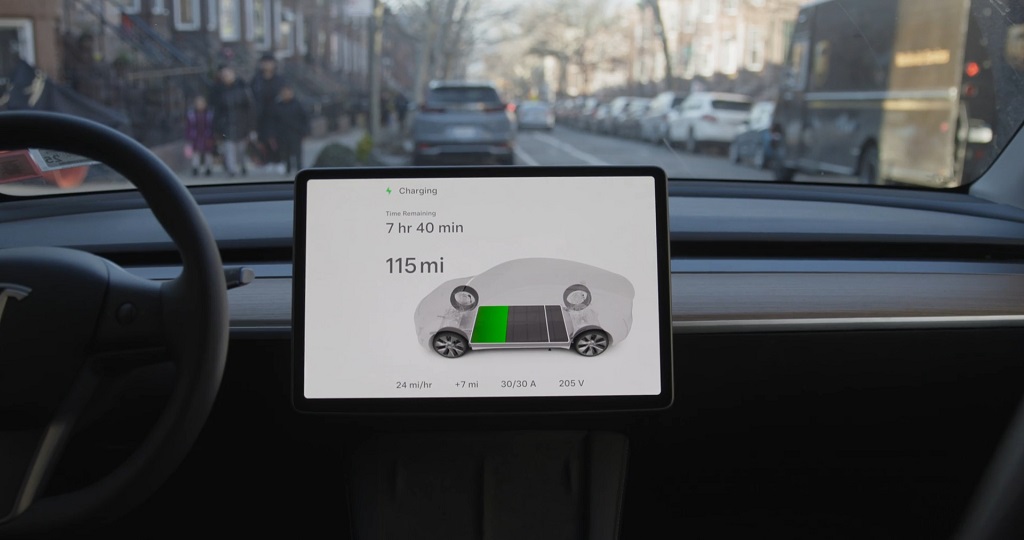
Each electric vehicle brand engineers its transport protocols differently. No single set of instructions applies to all models.
Consulting the vehicle’s owner’s manual before any emergency helps prevent mechanical or warranty issues.
Documentation typically provides exact procedures for activating transport settings, releasing electric parking brakes, or working around dead battery conditions.
Several model-specific quirks exist that users should prepare for. For instance:
- Some EVs will not shift out of park unless weight is detected in the driver’s seat
- Others may require pressing specific pedals or buttons simultaneously
- Transport modes often demand a working 12V battery and may reset to park if ignored for too long
Tesla’s “Transport Mode” is a good example of an advanced system. If engaged before total battery loss, it allows limited movement without spinning the drive motor. However, failure to activate it early enough often leaves the car immobile.
Manufacturers also include disclaimers regarding towing damage. If it is determined that improper methods were used, warranty coverage may be denied. Insurance claims can become more complicated as well.
Preventative Measures
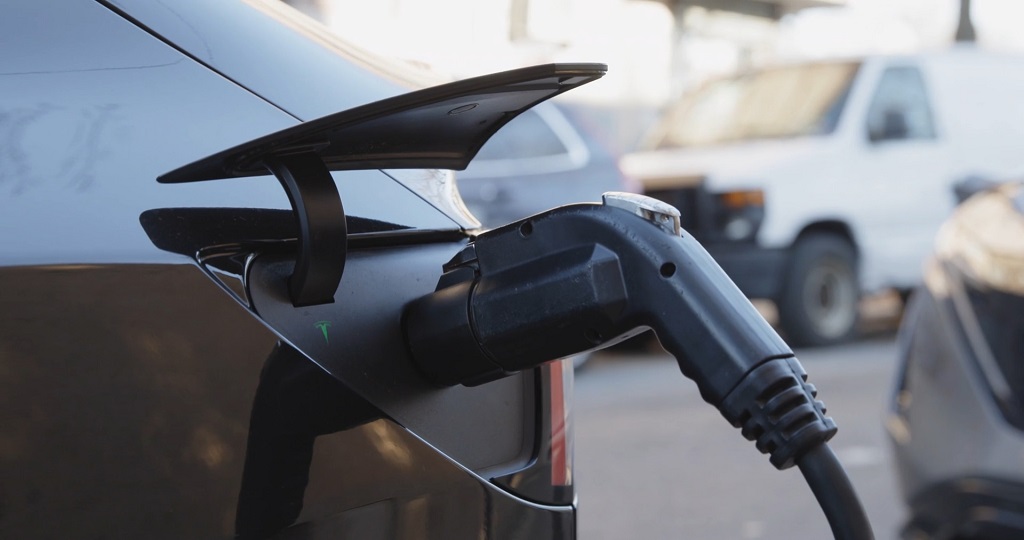
Avoiding complete battery depletion should be a core part of daily EV use. Keeping the charge above 20% allows onboard systems to function longer in unexpected situations like traffic delays or charging station outages. Draining the battery under cold weather or steep gradients may deplete it much faster than anticipated.
Using route planning apps tailored to EVs improves travel safety. These tools help locate charging stations, monitor current range, and account for terrain. Real-time updates can redirect drivers when a charging station is offline or at full capacity.
Important habits that reduce breakdown risk include:
- Charging frequently instead of waiting until near-empty
- Monitoring battery status before every trip
- Avoiding unnecessary energy consumption on climate control and accessories
- Carrying a backup 12V jump pack in the trunk
Knowing how to handle EV emergency procedures can make the difference during power failure. Practice locating:
- Manual release points for parking brakes
- Menu access to transport or service modes
- Tools required to open compartments when electronic locks fail
Summary
Towing an EV is not a task that can be handled like a traditional vehicle. Electrical systems, regenerative braking, and lack of a neutral gear demand special care. Using a flatbed and relying on professionals trained in EV transport prevents major damage.
Proactivity remains the best defense. Maintain safe charge levels, plan routes carefully, and know your vehicle’s requirements. Preventing battery depletion will always be easier than managing a complicated towing event.
Related Posts:





